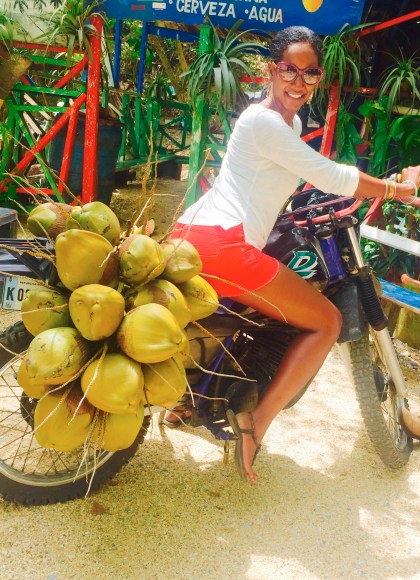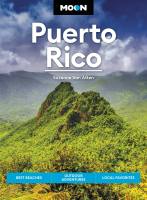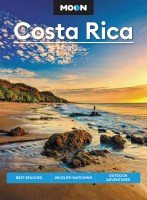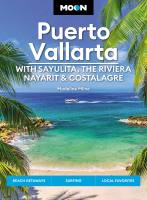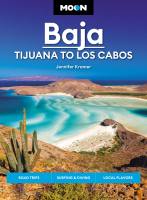Dominican Dance: Merengue and Bachata
Music and dance—more precisely, merengue and bachata—are at the core of Dominican life every day, in every neighborhood, in every corner. They top all the other DR cultural elements including cockfighting and baseball. It’s no exaggeration to say that there is no life without twirling your body to music coming from either deafeningly loud speakers or from a live band. Sometimes it seems as if every day is a party in the DR. You’ll be hard pressed to find a Dominican, male or female, who doesn’t know how to dance merengue or bachata—it’s simply not possible. They have their favorite artists and songs, and the older the generation, the longer that list seems.
Beyond the party aspect, merengue and bachata have a deeper significance culturally. Lyrics reflect social aspects of life and can talk about love, sex, politics, humor, and everyday struggles. Romance tops it all, though, as Dominicans are as poetic as it gets.
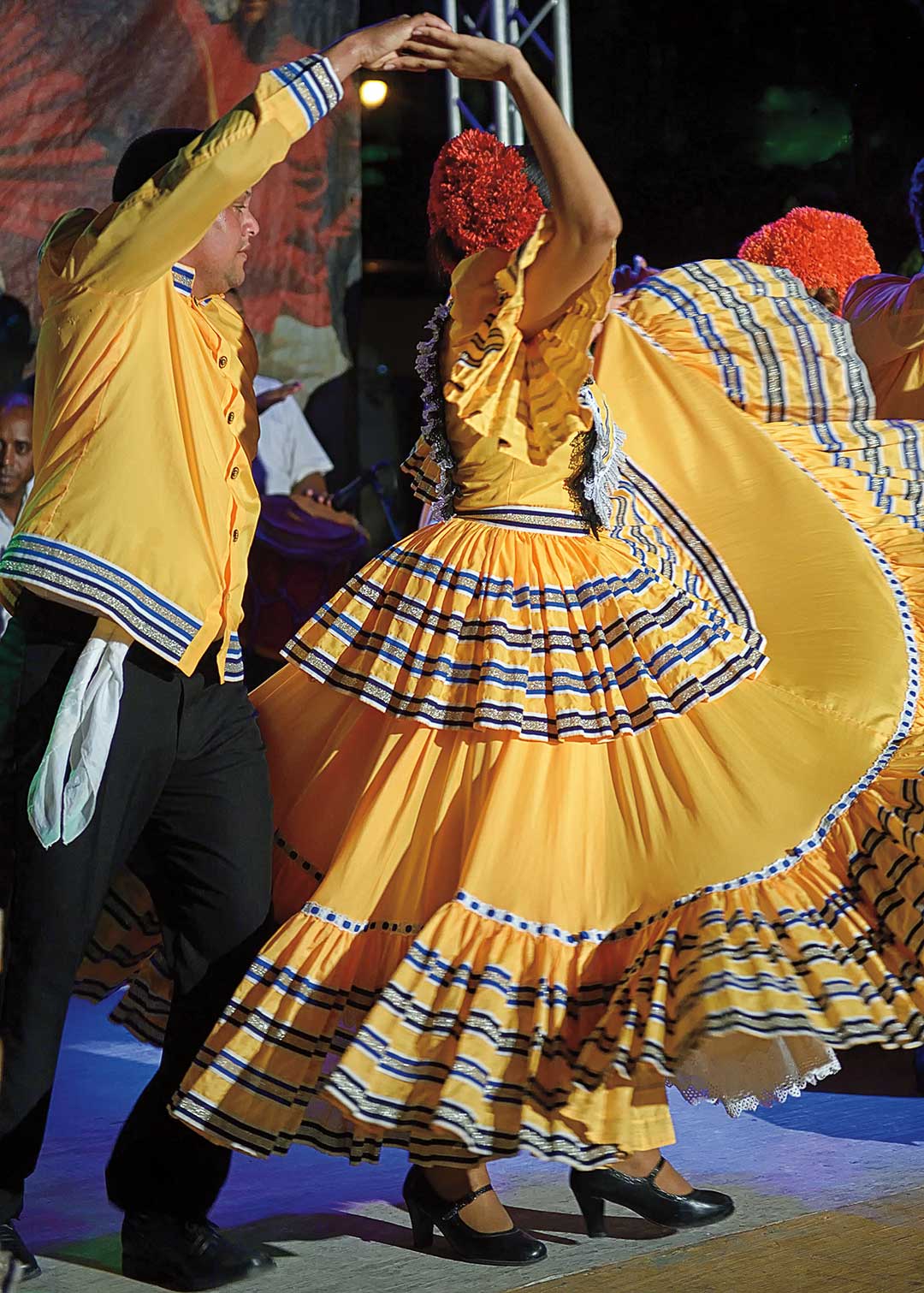
Merengue
Merengue is the national music and dance of the Dominican Republic and has become a word and worldwide genre that is synonymous with the country itself. Merengue is the essence of being Dominican: its instruments reflect the mixed heritage of the country: an accordion (European), a two-sided drum (African) placed on one’s lap, and a güira (Taíno), a sort of metal cylinder with holes, with a brush that is run up and down across its surface. The accordion was brought over by the Spanish, but it was later retuned to play merengue notes.
Some say the word originated during the colonial period, from African dances. Merengue’s 2/4 beat is danced as a couple and has an intoxicating rhythm that can range from moderately fast to really fast. That’s because there are various types of this genre. The folkloric, traditional kind is known as Perico ripiao or merengue típico. It is believed to have originated in the Cibao region (while others say it might have come from Cuban influences) at the end of the 19th century, and can be considered the “country music” of the DR.
One well-known, award-winning perico ripao performer is Facundo Peña, from the village of Guananico in the Puerto Plata province, birthplace of generations of merengue típico performers and instrument makers, still going today. If you’re lucky to be in this area in late November, contact the UMPC (tel. 809/696-6932, local tourism network for Puerto Plata)—for information on the annual merengue típico festival.
Newsletter Signup
By clicking ‘Sign Up,’ I acknowledge that I have read and agree to Hachette Book Group’s Privacy Policy and Terms of Use
Ironically, merengue was rejected by the upper classes at first, considered as music of the masses with vulgar movements (the same was later considered of bachata). But Trujillo arrived and changed all of that, putting merengue on center stage any many of his events and parties.
How do you dance the merengue? The man leads—holding the woman’s waist with the right hand—and the couple dances by swaying their hips sensually left and right, but without swinging the torso. They turn, step side to side occasionally, but never release hold of both hands—only one at times. If you’re a woman, your job is simply to follow the cues and keep swaying your hips while maintaining the steps and your posture. If anything, it’s a great workout. It’s relatively easy as well. You can take lessons in various parts of the country if you’d like to practice before you brave the dance floor.
Juan Luis Guerra, today one of the greatest Grammy-winning and world-renowned Latin artists, is perhaps the biggest merengue figure of the 1980s and 1990s. He took the genre and mixed it with the modern sounds of pop and jazz. One of his classic songs is Ojalá que llueva cafe (I wish it would rain coffee). Other typical merengue songs include La dueña del swing by Los Hermanos Rosario, Dominicano Soy by Fernando Villalona, and Vamo’ hablar inglés by Fefita La Grande.
While the younger generation is leaning toward a more modern merengue with guitars and saxophones or toward the “dancehall” version of Dominican music—known as dembow—merengue típico continues to be appreciated and to vibrate in the Cibao region’s cities and villages along the rancho típicos, as well as in the capital of Santo Domingo.
Bachata
Bachata grows more popular every year and was recently declared the national patrimony of the DR. Bachata is a more sensual, slow genre that was made popular among the working class for the longest time before it received fuller recognition. Bachata was influenced by the Cuban bolero, but originated in the DR and is unique to this country. It was looked down on by the upper class for a long time, considered the music of bars and brothels, with lyrics about romance, sex, and poverty. Plenty of double entendre (doble sentido) and sexual connotations are hallmarks of bachata, which took shape in the 1980s, and for this reason is culturally entrenched. It’s the music of love and heartbreak.
Instruments used in bachata, a three-step dance with a fourth tap step, are numerous: guitars (lead, electric bass, rhythm), bongos or drums, and the güira. The dance takes two partners, with the man leading as always. They stay close together when they move their hips, as if forming a square or box with their feet, then engage in a push and pull with the hands, depending on one’s style. Artists credited for taking bachata to the international stage are Juan Luis Guerra, with his album Bachata Rosa, and more recently, Romeo is blazing his way through the charts. Among other famous bachata artists are Aventura, Raulín Rodríguez, Frank Reyes, Anthony Santos, and Luis Vargas.
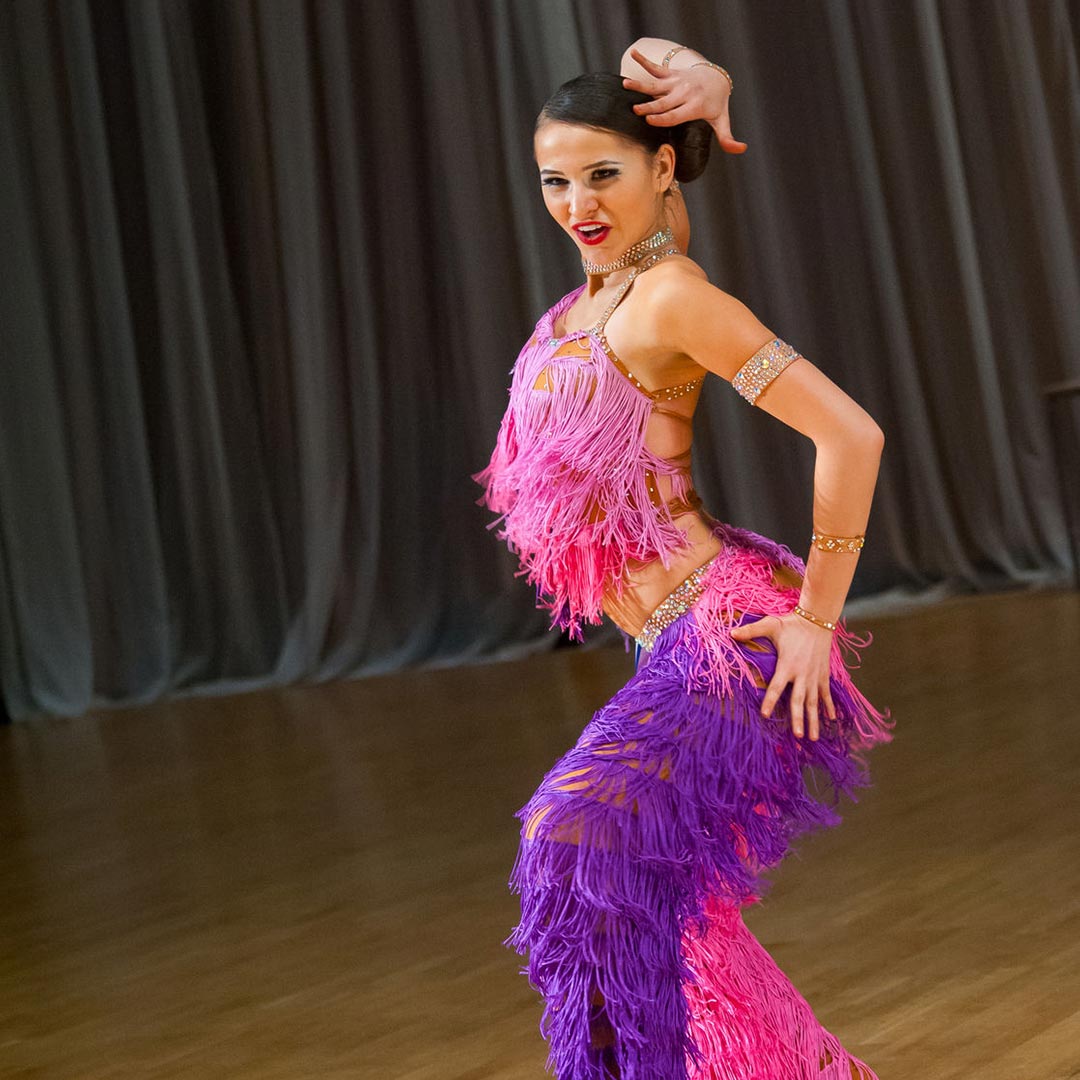
Other genres you’ll hear in the DR include salsa, son (especially in Santo Domingo), dembow, the popular reggaeton, and even Dominican jazz—often at the Dominican Republic Jazz Festival on the North Coast. A great way to experience all the various folkloric dances of the DR, in a historical timeline and one sitting, is to watch the two-hour performance by the Ballet Folklórico del Ministerio de Turismo. The group performs a free dance show, complete with live instruments, twice a week in the Colonial Zone (Fri. and Sat. starting at 7pm), by Plaza de España, and it goes over all of the dances and music of the DR—including African—in colorful costumes. You’ll even get to dance with the group members at the end.
For an album with a mix of merengue, bachata, and other Dominican genres, a good pick is Latin Hits 2015 Club Edition. For merengue típico, look up El Mero Merengue—Lo mejor del perico ripao (1995).
Newsletter Signup
By clicking ‘Sign Up,’ I acknowledge that I have read and agree to Hachette Book Group’s Privacy Policy and Terms of Use
